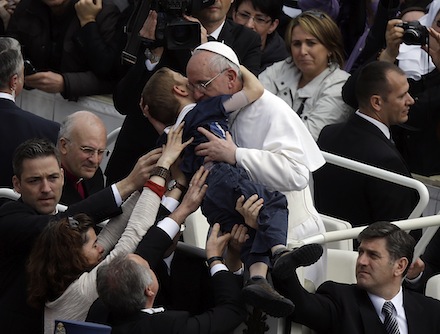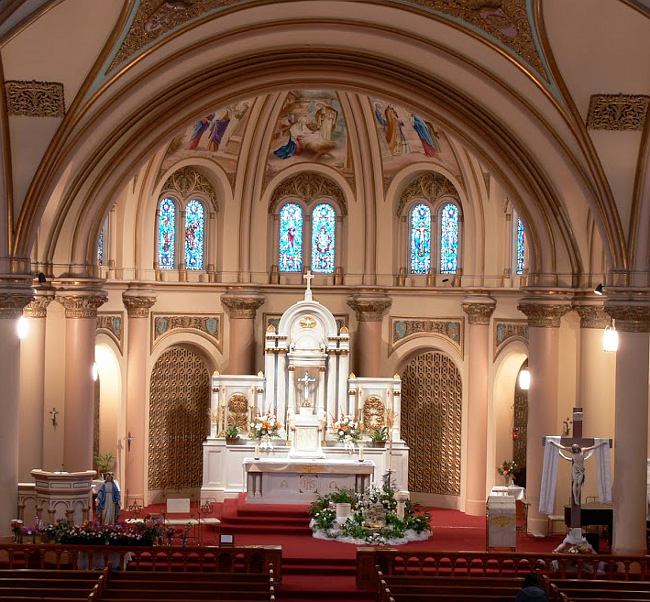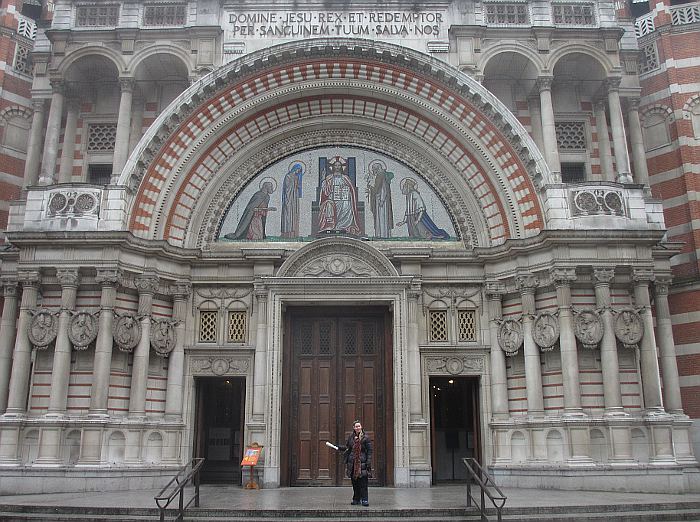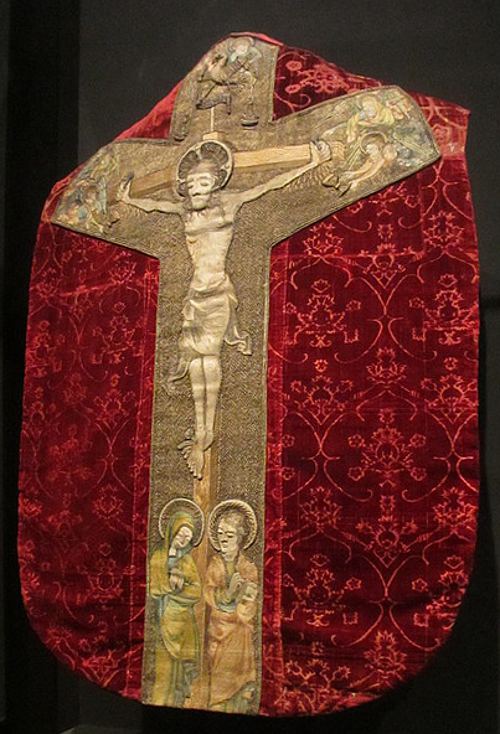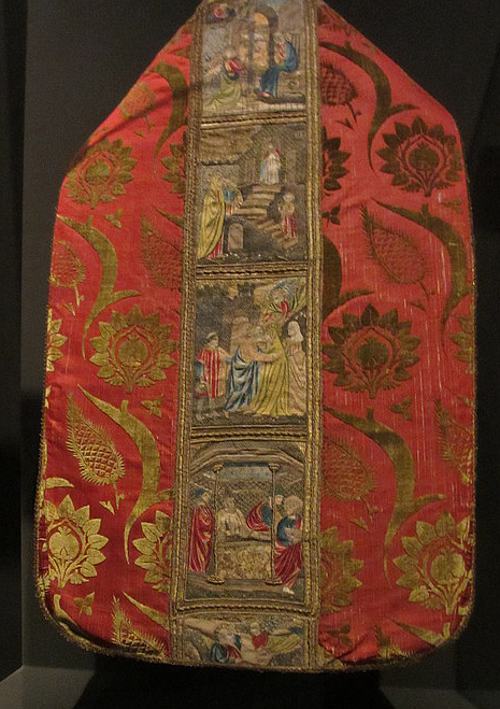Helligkåring av 800 lekfolk på Petersplassen 12. mai
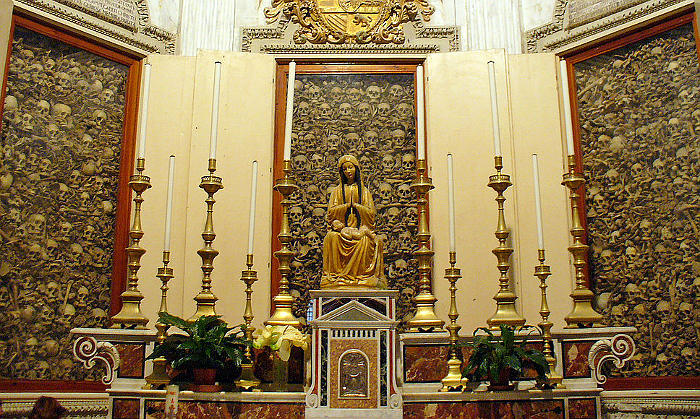
Pope Francis is preparing to canonise an estimated 800 Italian laymen killed by Ottoman soldiers in the 15th century. The canonisation service will be on May 12 in St Peter’s Square and it will be the first carried out by the Pontiff since he was elected in early March.
The killing of the martyrs by Ottoman troops, who launched a weeks-long siege of Otranto, a small port town at the most eastern tip of southern Italy, took place in 1480.
When Otranto residents refused to surrender to the Ottoman army, the soldiers were ordered to massacre all males over the age of 15. Many were ordered to convert to Islam or die, but Blessed Antonio Primaldo, a tailor, spoke on the prisoners’ behalf. “We believe in Jesus Christ, Son of God, and for Jesus Christ we are ready to die,” he said, according to Blessed John Paul II, who visited Otranto in 1980 for the 500th anniversary of the martyrs’ deaths. …
Dette skriver Catholic Herald. Jeg besøkte selv Ótranto i februar 2006, og skrev om dette i august 2007:
Otranto er berømt for det vakre mosaikkgulvet i domkirken og for det som hendte i august 1480: Tyrkerne kom og angrep byen, og innbyggerne fikk valget mellom å bli muslimer eller blir drept. Alle (800) valgte martyrdøden, og i et kapell i kirken er deres levninger oppbevart. I kapellet var den en innsamling til arbeidet med å få disse helgenene offisielt helligkåret, og det skjedde faktisk i juli i år (2007), og 14. august i år var derfor en stor dag for Otranto.

